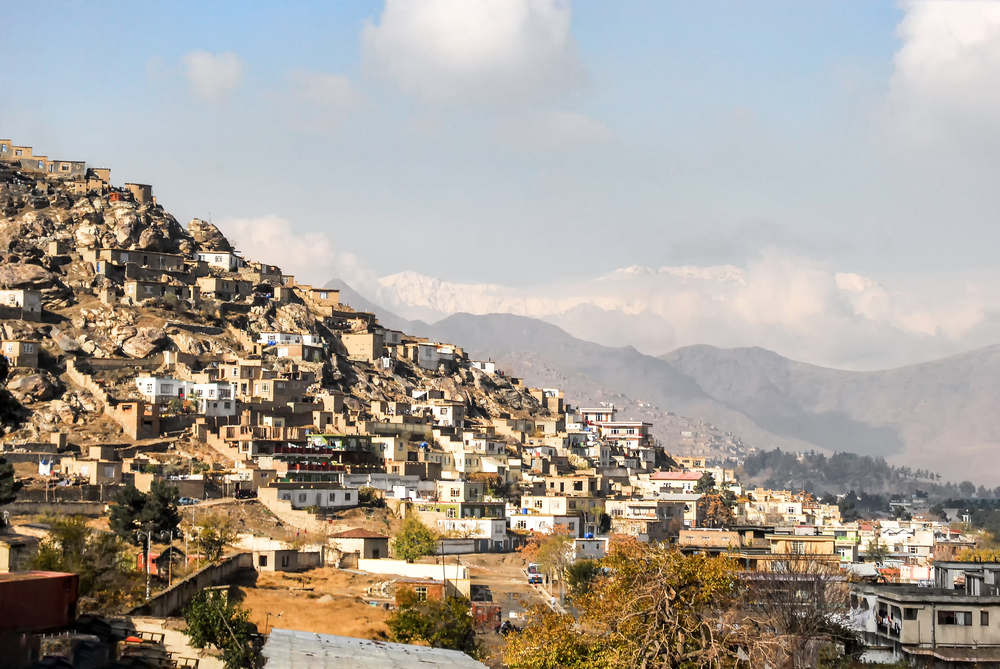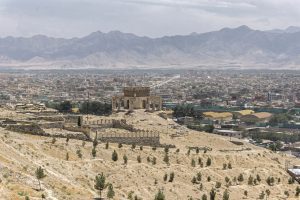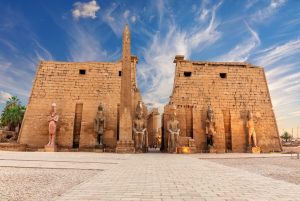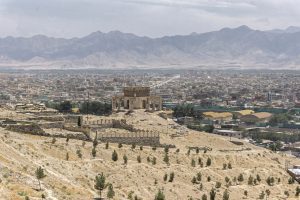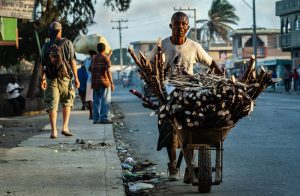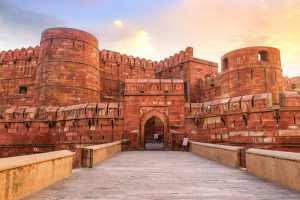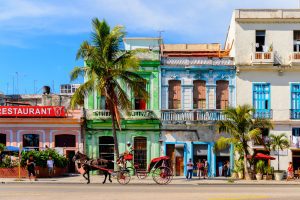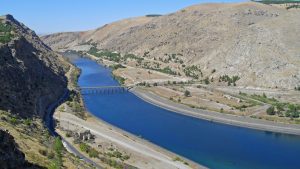Afghanistan is a Middle Eastern country home to nearly 39 million people.
This landlocked country borders Pakistan, Iran, Tajikistan, Turkmenistan, and Uzbekistan.
Afghanistan was formed in 2200 BC and its oldest city is Kandahar, which has some of the oldest known settlements in the history of human civilization.
Kandahar was one of the earliest fortified cities and was named the capital of the Afghan Empire in 1747.
Continue reading to learn more about Afghanistan’s rich history and oldest regions.
Table of Contents
How old is Kandahar, Afghanistan?
The history of Kandahar is split up into four main periods – prehistory, Alexandria, Islamic, and modern.
As one of the oldest human settlements, Kandahar dates back to 1000–750 BC, when a major city was fortified as a flourishing outpost of the Persian Empire.
Since the 6th century BC, Kandahar has undergone many changes, from wars to overthrown empires, and it remains one of the most culturally significant regions of Afghanistan.
As far as more recent times, Persian leader Nader Shah invaded and destroyed what was known as Old Kandahar in 1738.
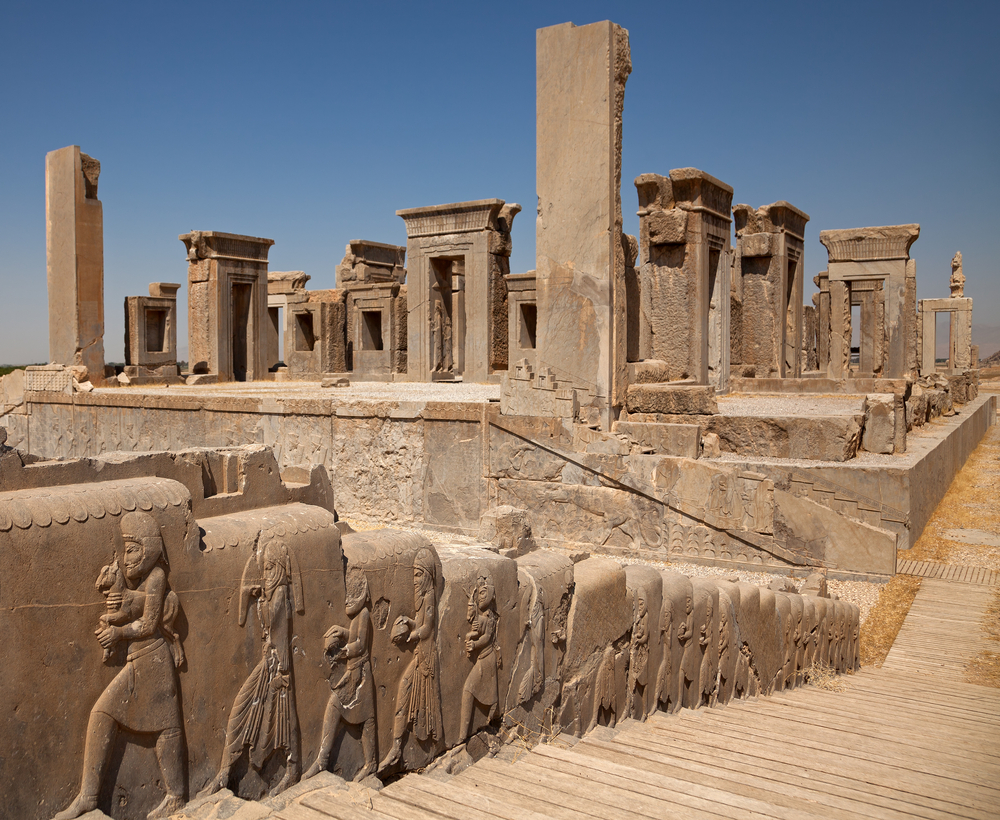
Tribal conflicts continued, and in 1747, chief Ahmad Shah Durrani took control of Kandahar and named it the capital of the new Afghan Empire.
After his retirement and passing in 1772, Ahmad’s eldest son Timur Shah transferred the capital from Kandahar to Kabul, the current capital.
Kandahar was impacted by several British-led Indian invasions in the mid-1800s, with the last major conflict being the Battle of Kandahar on September 1, 1880.
Although the British had a decisive victory, they were forced to withdraw from the region within a few years.
Kandahar was relatively peaceful over the next 100 years until the Soviet-Afghan War in the 1980s.
Is Kandahar, Afghanistan, dangerous?
Like other major cities in Afghanistan, Kandahar is, sadly, a dangerous place to visit and live in in the 21st century.
This is mainly due to extremists from anti-state organizations such as the Taliban, who frequently commit human rights violations and launch bombing attacks.
Multiple cruise missiles hit Kandahar as part of America’s response to the 9/11 attacks, and tumultuous years followed with overthrown leaders and resurgent campaigns.
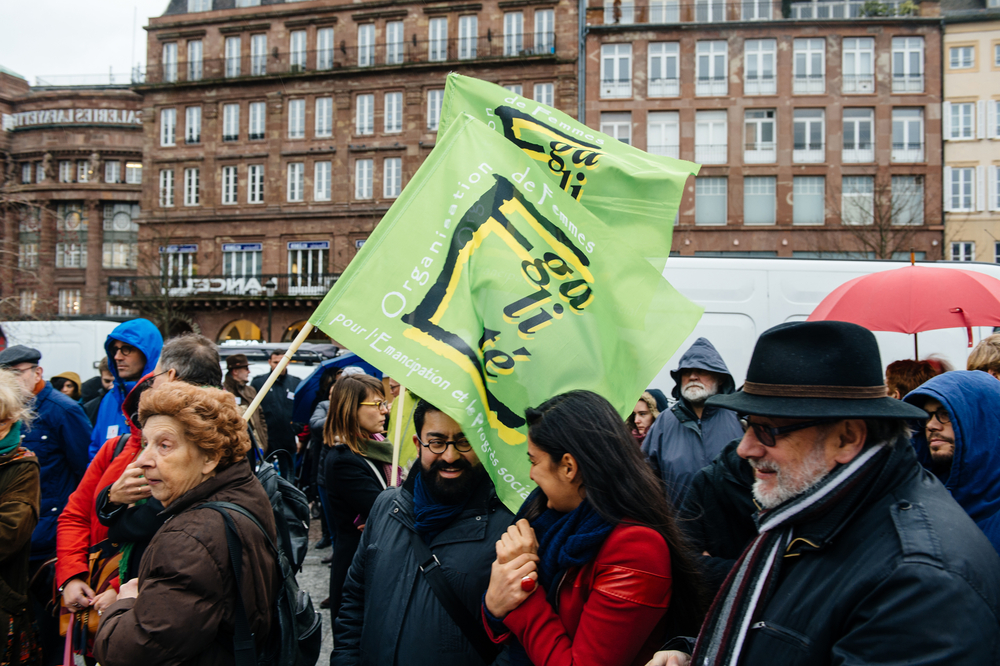
This made the historic city a very unstable and dangerous location in southern Afghanistan.
In May 2010, insurgent forces launched rocket and ground attacks on Kandahar International Airport.
It became clear that the city needed more stability and support from NATO countries, although efforts to stabilize Kandahar were not all that successful.
By 2011, Kandahar was referred to as Afghanistan’s assassination city due to the high number of targeted killings, including the mayor and two deputy mayors.
What is the newest city in Afghanistan?
While Kandahar is the oldest city in Afghanistan, there have been many newer developments throughout the country, including Mihtarlam, which was urbanized in the early 1900s.
Amir Habibullah Khan built a huge palace within the city called Qala-e-Seraj, and the castle remains more than 100 years later.
Locals paid 22 million Afs to rebuild the palace in 2020, with work done on four towers, two buildings, and the mosque.
Afghanistan’s older cities are often larger, sweeping through the vast desert terrain while newer cities like Mihtarlam still have room to grow.

Currently, Mihtarlam ranks 16th on the list of largest cities in Afghanistan. It’s the center of its namesake district and the capital of Laghman Province, where it’s the only major urban settlement.
Mihtarlam has a population of around 144,000, making it slightly larger than Farah (125,000 people) and Puli Alam, Logar (117,000 people).
There are several cities similar in size to Mihtarlam, including the following cities and their provinces:
- Charikar, Parwan
- Lashkargah, Helmand
- Sheberghan, Jowzjan
- Ghazni, Ghazni
- Khost, Khost
- Sar-e Pol, Sar-e Pol
- Chaghcharan, Ghor
What is the biggest city in Afghanistan?
The largest city in Afghanistan is Kabul, a multi-ethnic metropolitan area and the only city with over one million residents.
In fact, Kabul has around 4.6 million people and has become the 75th largest city in the world following rapid urbanization in the past few decades.
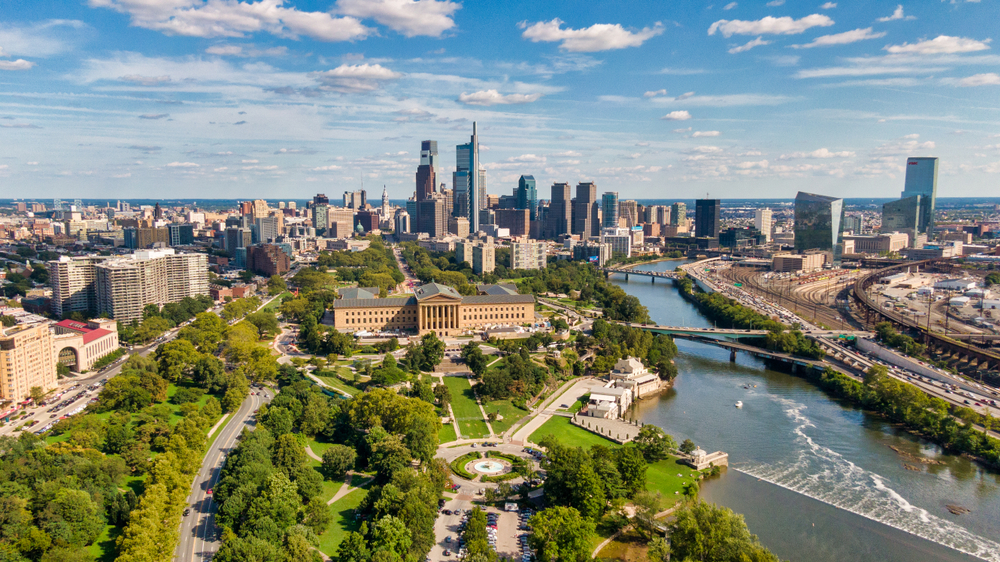
As the nation’s capital, Kabul serves as the political, economic, and cultural center of Afghanistan.
Most travelers to Afghanistan arrive at Kabul International Airport.
From there, the city has a lot to see and do, from one of the Middle East’s largest zoos to famous historic sites like Darul Aman Palace and the Gardens of Babur.
Kabul is believed to be over 3,500 years old, giving it rich history and cultural significance, much like Kandahar in the country’s south.
Kabul has been the capital of Afghanistan since 1776 under Timur Shah Durrani’s reign.
Although the British occupied Kabul in the late 1800s, they were forced to withdraw, paving the way for a relatively peaceful future in the region throughout the mid to late 1900s.
Kabul was once known as the Paris of Central Asia, although this nickname and tranquil period was interrupted by the Soviet occupation in 1979, followed by civil war.
What is the history of Kabul?
Although Kandahar is older than Kabul, Afghanistan’s capital city has a long and storied history too, dating back to the Achaemenid Empire nearly 4,000 years ago.
Kabul was settled in a strategic location at the crossroads of central Asia – about halfway between Hanoi to the east and Istanbul to the west.

As a key stop on the ancient Silk Road, Kabul once served as a meeting place for India, Persia, and Tartary.
Over thousands of years, many empires have ruled Kabul, including the Kushans, Mongols, Turk Shahis, and Hindu Shahis.
In the 1500s, Kabul was made the summer capital of the Mughal Empire, becoming a prosperous city of cultural and economic significance.
It briefly fell under Persian control with Nader Shah’s invasion in 1739, but the Afghan Durrani Empire took over Kabul in 1747.
A brief British occupation in the 19th century was followed by rapid industrialization in the early 1900s as Kabul became known for its thriving textile and leather markets.
The introduction of the telephone, electricity, and a postal service helped the city grow, and by the mid-20th century, Kabul was a flourishing cultural and tourism center attracting global interest.
The city experienced a downturn in the late 1900s and early 2000s as civil unrest, wars, and Taliban extremism took hold of the capital and made it one of the world’s most dangerous places.
What is the most dangerous city in Afghanistan?
Unfortunately for the Afghan people, the country’s capital is widely considered the most dangerous city, not just in the nation but in the entire world.
Kabul is under constant threat from Islamic extremists, and Taliban terrorism has wreaked havoc on the city since the turn of the century.
Anti-state groups frequently target the crowded streets of Kabul with truck bombings and airstrikes, including suicide attacks.
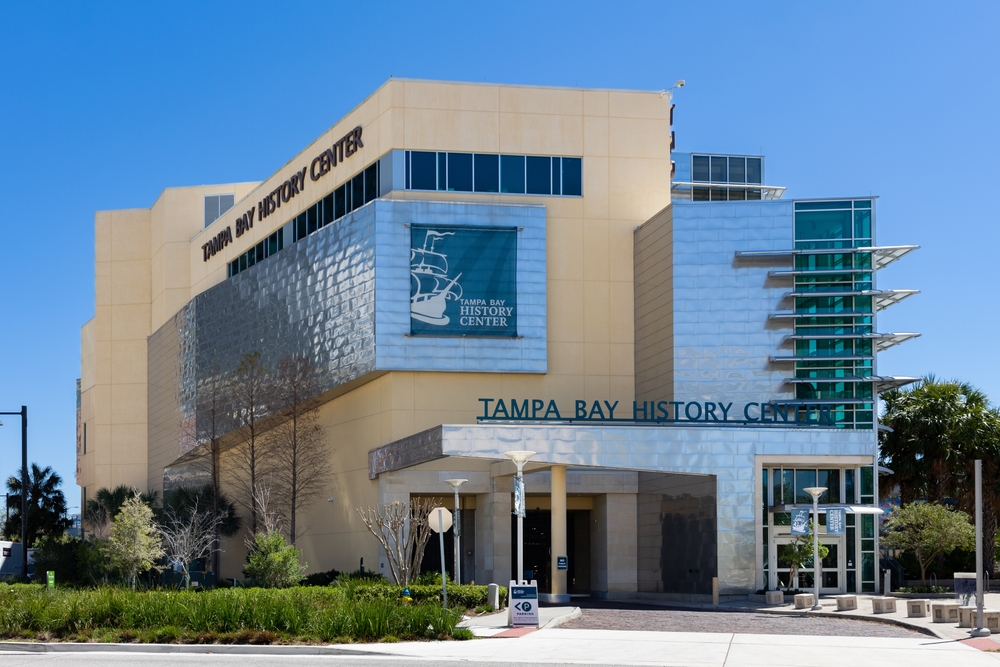
Despite the devastating violence, Kabul’s urban development continued throughout the early 2000s, with the capital coming in fifth on the list of the world’s fastest-growing cities in 2012.
The ongoing conflict in Kabul reached a boiling point in the August 2021 Taliban offensive when the extremists took control of the city.
Over one thousand civilians were killed, and those still living in the capital city are under heavy restrictions from the Islamic insurgents.

